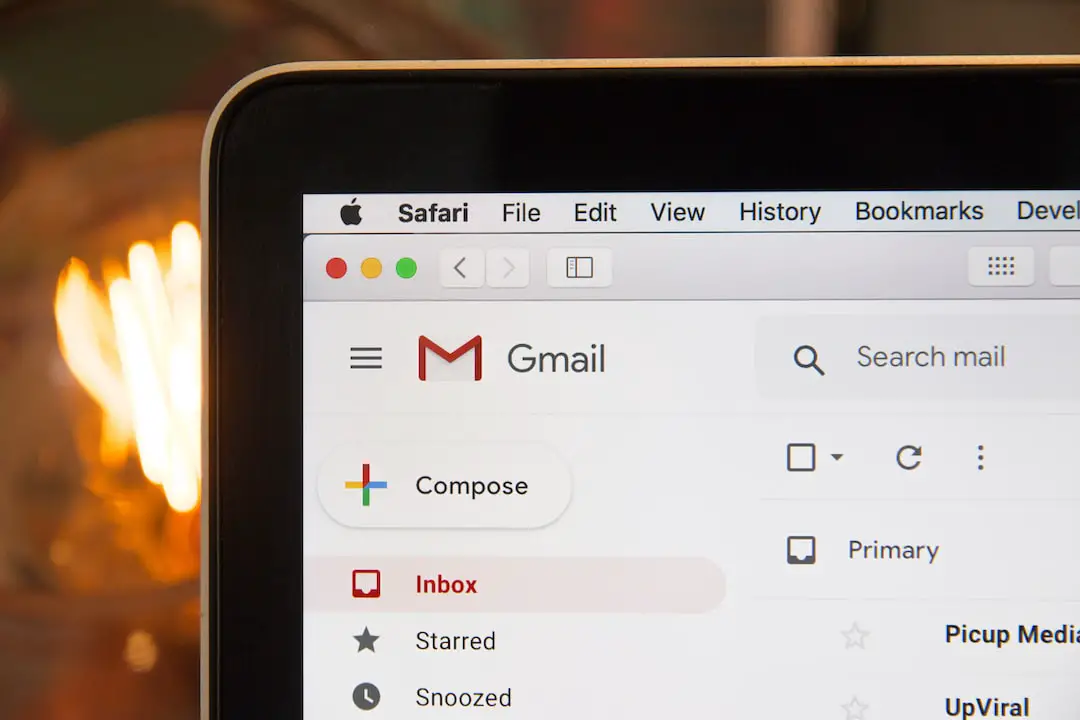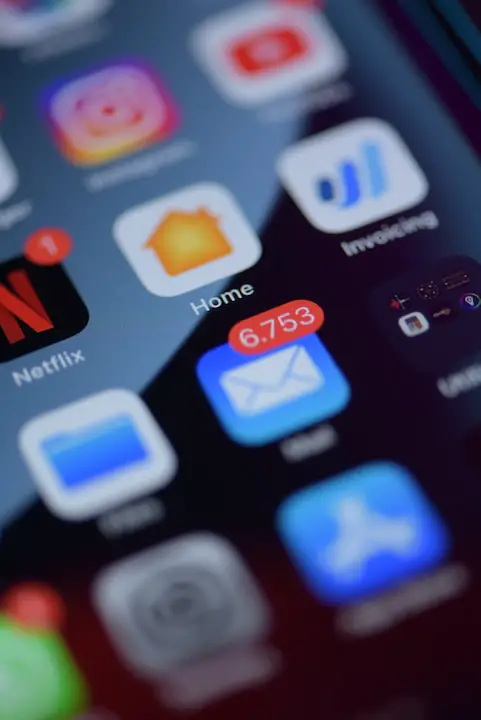
Successful people use their time optimally and specific techniques to manage their emails better. Most of these people have an email inbox full of various emails that need to be read and answered. According to the report of the research institute The Radicati Group, the average number of work emails received and sent by employees in the whole world is more than 113 billion emails per day. This number shows that each person sends and receives an average of 130 work emails during the day. If this number seems high to you, you are right. In some countries, correspondence and administrative affairs are done through something other than email, compared to many countries. In addition, many people use different tools – such as messengers or intra-organizational communication management tools – to communicate with colleagues and other employees of the company or institution they work in, which have replaced email.
But this does not diminish the importance of emails and their management. Despite the above, many of our most important communications are via email. The connections on which our professional lives and the reputation of the company we work for depend. Therefore, speed of action, accuracy, and attention to emails is essential. With a bit of carelessness and lack of attention, we suddenly face a mountain of emails requiring several hours of time and energy to manage and respond to. To solve this problem, we go to Chris Bailey, the author of the book The ‘Productivity Project: Accomplishing More by Managing Your Time, Attention, and Energy,’ which is a good source for finding answers regarding managing emails and especially sending practical emails to colleagues.
Write the text of emails short and enough.
According to a 2015 email survey, messages between 50 and 125 words received up to 50% more responses than longer messages. Mr. Bailey’s strategy in this regard is to use three paragraphs or less in the text of his emails. According to him, if it is necessary to send an email longer than this amount, it is better to use a telephone or face-to-face conversation instead of an email correspondence to convey the topic of the conversation and your meaning. According to him, our thoughts can usually be very long in the form of words or writings. Still, by paying attention to rules such as the three-paragraph rule in the text of the email, we can apply a limit with the help of which we can better understand what we want to convey. As a result, we can justify the other party better and faster. In addition, it is better to avoid using long signatures. A long signature can have just as much negative impact as a long email.
Choose the best time to send emails.
Emails received during the early hours of work and after lunch receive more responses than others. The reason for this is that when people arrive at work, the first thing they see is their inbox, so they are more likely to respond immediately. With this account, if you have an email that needs an immediate response, it is better to choose the early hours of the day to send it. You may not even read the email that arrived in your inbox at 2:00 am; Therefore, it is recommended that you refrain from sending emails during these hours.
According to Mr. Bailey, you may need to type an email during these hours. Still, it’s better to send it tomorrow morning or with the help of plugins that allow you to schedule and send emails automatically than to send your email during the best hours of the day. Do. Choosing an email scheduling service is valuable and practical. With these tools, you can address this issue during the hours when you have enough time to write emails and then tune them to send them at the best times of the day when they get the most feedback possible. According to Bailey, the highest level of productivity is when you can manage the expectations of others. By sending well-timed emails on the correct timeline, you can encourage everyone to read and respond to your emails immediately.
Please wait a while before sending the email.
If you respond immediately after reading an email, wait for a little before selecting the ‘send’ option. According to Mr. Bailey, in this case, you have given yourself more time to review what you have read and written. This time allows you to consider and connect more dots for a better understanding of the topic and a more appropriate response. During this time, you will have enough time to find more effective points in your text, and you can add more necessary information to the text, which will ultimately increase the efficiency of your work and the recipient(s) and reduce the number of emails received and sent.
Include real emotion in the text of emails.

One of the most important things to get faster and more responses to emails is the presence of emotions in emails. A dry office email is boring for the recipient, and they will show little interest in replying to it. On the other hand, the results of Boomerang Institute’s research have shown that emails that intentionally contain positive or negative emotions are answered at least 10-15% more than other emails. Of course, this issue does not mean overtime in expressing feelings and inducing a sense of flattery or anger. Instead, it is better to remind the reader by choosing the right words that the email writer is human, just like them. This issue encourages them to answer more.
Create a folder like ‘Awaiting’ for emails that need to be answered.
Unique solutions must be used to manage an email box full of various emails, including work emails, colleagues, friends, newsletters, etc. According to Mr. Bailey, always after sending or receiving important emails, some of your mental focus may be devoted to that email and even cause stress and anxiety. To overcome this situation, he recommends creating a particular folder with a title like ‘Waiting.’ By moving these specific emails to such a folder, they become easier to access and you can quickly check their latest status. Such a folder helps that everything essential is noticed and completed. In addition, your mind does not need to remind you of them frequently, and the stress and anxiety caused by these emails will be minimized.
Communication by email only sometimes works.
Although communication via email is necessary in many cases, emails alone are not part of the job. Writing reports and producing final products are included in the cycle of work-related duties. Finally, it’s essential to recognize where emails turn from valuable tools for communicating with colleagues to annoying and time-consuming tools. According to Mr. Bailey, if you spend most of your time reading long emails and writing long replies instead of doing basic tasks, it may be time to use a faster and more efficient tool.
There are tools for managing tasks and instant communication with colleagues that are great alternatives to many of your work emails and getting things done quickly. Among them, we can mention Basecamp, Trello, Slack, etc. As mentioned in the first part of this article, sometimes even a phone or face-to-face conversation can be faster and more efficient than correspondence. Observing the points mentioned will help to improve efficient email communication, more straightforward management of emails, and ultimately more productivity.







